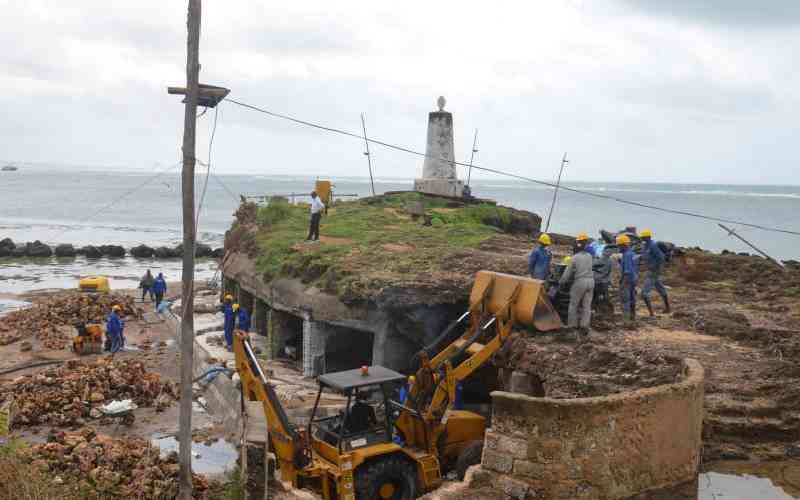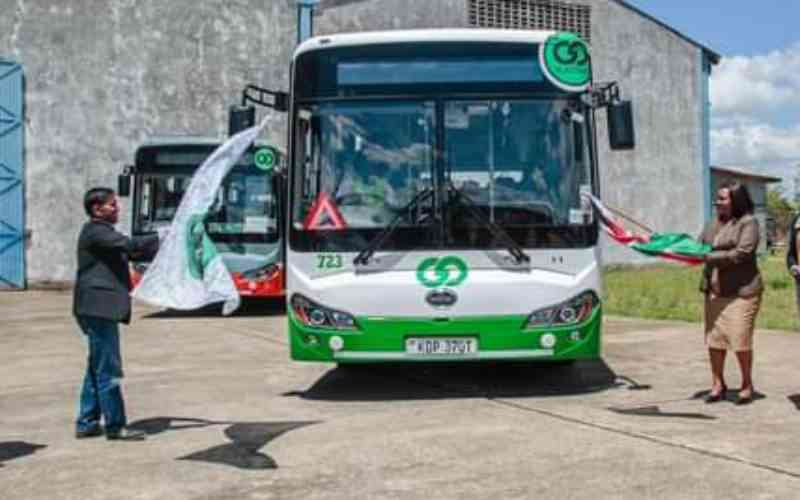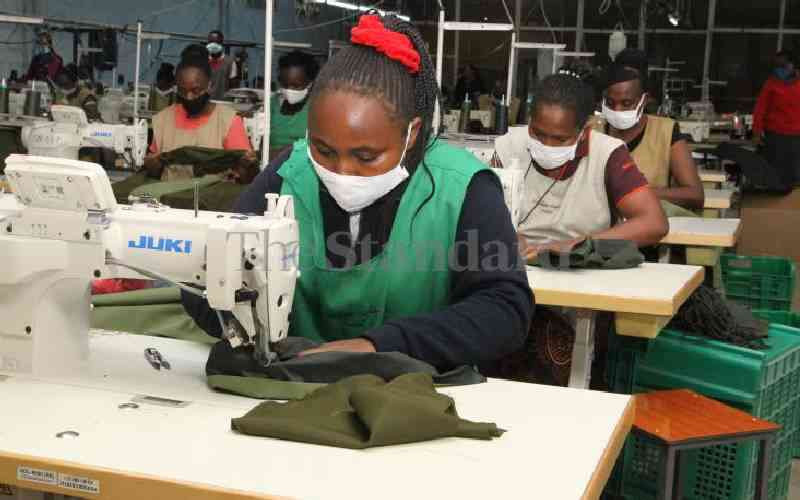Where do we want to take this country? This is a question that Kenya must consciously ask and answer. For even if the question is neither asked nor answered, the present generation will take the country somewhere — only that it might be down the cliff. From Moi to Uhuru, the Government has recently made the enquiry. It has told us that Vision 2030 is the answer. It says that we need to make Kenya a middle income industrialising second world economy by that year. Accordingly, development plans, policy and programmes are often articulated around the notion of Kenya’s Vision 2030.
But are we preoccupied with Vision 2030 to the extent that our sight is blurred? Do we need to see a different reference frame beyond Vision 2030? Retaining the cardinal social, economic and political pillars, it might be time we began talking of something else, lest we begin sounding ridiculous and our plans nonsensical. Consider that 2030 is now only 14 years away. Consider next that we have for sometime now been talking about reforming our education within the social pillar. Education reform is supposed to help us to realise our Vision 2030. Because of this, we are undertaking a review of the school curriculum.
If we assume that the implementation of the new curriculum is piloted in 2018, the visionary year (2030) would be only 12 years away. The Class One child of 2018 would graduate from university in 2032. Clearly this would not be the person to drive the country to Vision 2030. Nor would it work even if the implementation were phased in at primary school. We could for example introduce the new curriculum in Class One and Four followed by Two and Five and finally Three and Six — as we have previously introduced curriculum changes in school. We would still need to take one year at a time in high school, beginning in 2021. This person would graduate from university in 2029. S/he would therefore only have one year to make us realise Vision 2030.
Does Kenya need to begin thinking of a Vision 2060 or even Vision 2100? Clearly, we have good dreams but the focus is wrong. In institutional planning and management, they teach you that the vision is itself not something that you reach or realise. Its horizon keeps on shifting, making it something you continually strive towards. When the vision seems to be too close — both in time and in actualisation — then it is time to get back to the drawing boards. It is time to fashion a new dream, a new vision. Could this be where Kenya is? Indeed, Government reported last year that we had already realised Vision 2030. It cannot, therefore, continue to be our point or frame of reference for planning purposes.
That said, there is need to laud the efforts to look at the curriculum afresh. Every so often, a people must look at their education and ask where it is going. That is what the Ministry of Education is presently doing. For education is the roadmap to the future. Perhaps we need not burden ourselves with questions of form and structure. Whether we eventually retain the present 8–4–4 structure or not is not very important. What is critical is the software in the education reform. The recently ended Kenya Heads of Secondary Schools Association meeting in Mombasa brought out this rather well, among other critical concerns for education and learning in Kenya.
The need for education review and reform is urgent. The social condition in the country can be very frightening. Yet is a reflection of the education that we have had. We see chaos everywhere. There is chaos on our roads. There is discourtesy, blatant rudeness and murderous driving. The roads are themselves horrific potholed patchworks, mostly done with an eye on stealing public funds. Elsewhere, we comfortably live within garbage and sewage. Even in exclusive suburbs in places like Nairobi and Mombasa, raw sewage is in free flow. And this is quite acceptable. The rats of Eldoret are alive and well in the town centre as are those of Kisumu. Kakamega, Bungoma, Kisii and Nakuru are massive slums gravitating out of proportion.
Chaos accompany you everywhere you go. In the best public hospitals patients share beds on the floor. There are no drugs, leave alone modern medical equipment. Health workers lost morale ages ago. In building and construction, high-rise structures come tumbling down of their own free will. They don’t need an earthquake or even a tremor to bring them down. The court system is an empire of graft. In the church Mpesa has taken over. Project tendering in the public and private sectors is about sharing institutional money with the project only as the excuse and conduit. We steal anything and everything, including examinations. When you have excelled in being chaotic everywhere else, you graduate into politics, the home of Honourable Chaos.
The question of where we are taking our country should therefore trouble our collective national conscience. What country will we give future generations? As we plan and act, we ought to do so with focus on those who are not yet born. When they get here 30, 40 or 50 years from now, what kind of country will they find — created by you and me? Education is about finding order out of disorder; moving from disorganisation to organisation. To do this, you need benchmarks of values in every sphere of life. These benchmarks must begin with our education, right from the family level.
Perhaps what Kenya needs is not just a curriculum review and reform? We need an education reform that recognises the need to take change to everybody. If the child we teach is being socially maladjusted at home, we labour in vain at school. Maybe time has come for a moral and ethical rearmament beyond Vision 2030. We need a social revolution, or a rebirth at the very minimum.
 The Standard Group Plc is a multi-media organization with investments in media
platforms spanning newspaper print operations, television, radio broadcasting,
digital and online services. The Standard Group is recognized as a leading
multi-media house in Kenya with a key influence in matters of national and
international interest.
The Standard Group Plc is a multi-media organization with investments in media
platforms spanning newspaper print operations, television, radio broadcasting,
digital and online services. The Standard Group is recognized as a leading
multi-media house in Kenya with a key influence in matters of national and
international interest.
 The Standard Group Plc is a multi-media organization with investments in media
platforms spanning newspaper print operations, television, radio broadcasting,
digital and online services. The Standard Group is recognized as a leading
multi-media house in Kenya with a key influence in matters of national and
international interest.
The Standard Group Plc is a multi-media organization with investments in media
platforms spanning newspaper print operations, television, radio broadcasting,
digital and online services. The Standard Group is recognized as a leading
multi-media house in Kenya with a key influence in matters of national and
international interest.









